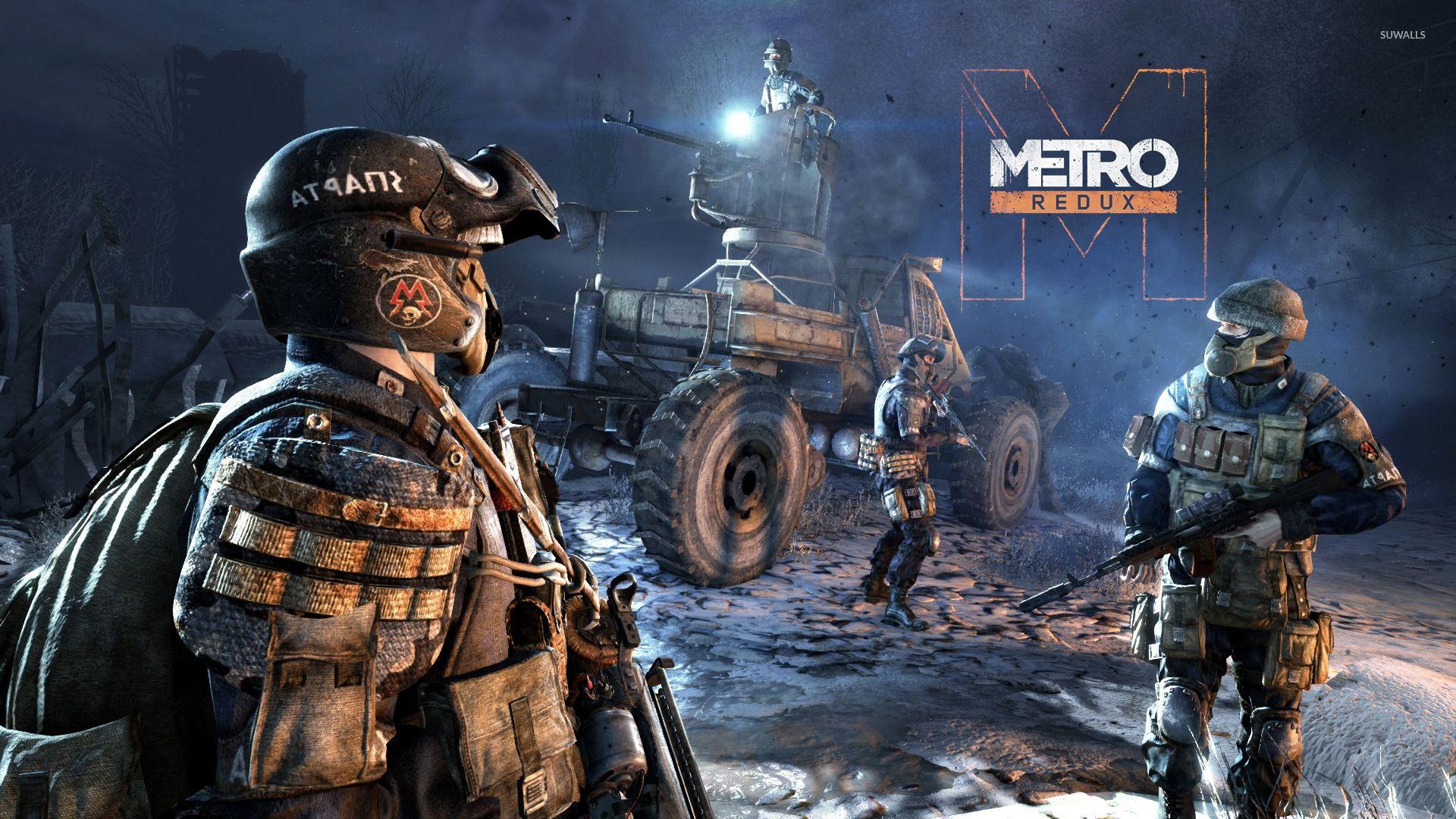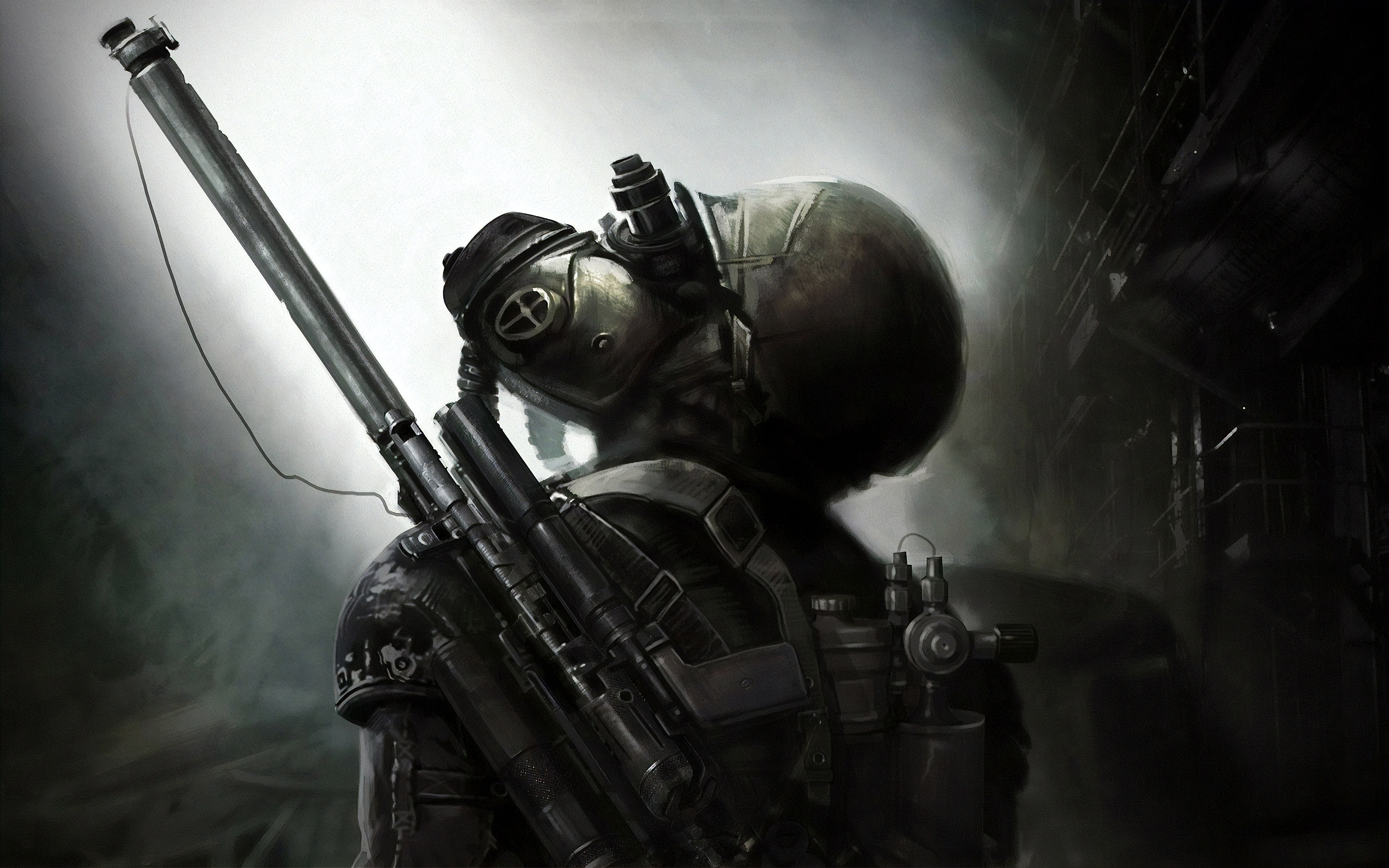

This year we discovered that for less than $25, you can get a model that’s solid enough to bend in the wind and reliably snap back into shape, yet won’t leave you heartbroken should you forget it at a restaurant.

Then there is the question of economy.

Stick umbrellas often, though not always, come with a cane handle made of wood or laminate, leather, or rubberized plastic.
While canopy and rib materials aren’t of primary importance, leather, pleather, and rubberized plastic handles offer a much better grip than hard plastic ones, especially when molded into a shape that follows the hand’s natural contours. What matters is the quality of the design and production, and the specific alloy employed. After all, if you’ve ever taken a commercial flight, you’ve entrusted your life to critical components (such as wing ribs and roots) made of aluminum by a process not functionally different from that used to make soda cans, but on an incomprehensibly larger ( and epoch–making) scale. “What’s better is steel and fiberglass.”) But that could be an unfair generalization. (“Stay away from it,” said Rain or Shine’s Peggy Levee. Aluminum construction is sometimes seen as a weakness, probably because of the metal’s association with soda cans and cooking foil. The ribs and shaft are usually constructed from steel, aluminum, and fiberglass, either alone or in combination. Some boast an additional quick-dry coating of Teflon (although we’ve found this doesn’t make much difference in practice). All use a synthetic fabric-polyester usually, or nylon-for the canopy. Materials and design don’t vary much between brands. However, we allowed some wiggle room for the larger stick umbrellas since you typically tote them more like a cane or walking stick rather than carrying them inside a bag or pocket. Similarly, we wanted a main pick that weighed less than a pound, with preference given to lighter models-after all, you’ll probably be carrying it on your person most of the time. While it is possible to make an umbrella no bigger than a banana, doing so means a more or less useless mini model with too small a canopy to be effective, or an ultracompact full-size umbrella with ribs that have four joints rather than the usual two-that is, twice the number of potential points of failure. But we don’t recommend ultracompact models, because this aspect isn’t just about portability. We focused on umbrellas shorter than 12 inches fully folded, since most people would want something that fits into a car’s glove box or a backpack’s water-bottle pocket. In 20 we looked into larger options for people who might value that bit of extra coverage stretching to the abdomen in contrast, minis are generally no better than a wide-brimmed hat, so we skipped those models. It’s best to think of an umbrella as handy protection for your hairdo and upper torso as you scurry between car and office, or subway and home. Blowing rain and splatters your heels kick up inevitably result in wet calves or pants cuffs at the least, and in most cases dampened thighs and even waists. Regardless of its size, no umbrella will keep you dry from head to toe, especially not if there’s a breeze. #Best metro last light backgrounds portable#
That’s why it’s the range for most manufacturers’ standard or “full-size” portable umbrellas. It turns out that a 37- to 39-inch-diameter canopy is just about perfect for keeping a single person’s head and torso dry without adding too much bulk to the total package.







 0 kommentar(er)
0 kommentar(er)
